Winches are motorized pulley systems that can be installed on the front or back of a vehicle. A system of gears rotates a large drum of wire or rope, leveraging tension to move large objects such as ATVs or damaged vehicles. Oftentimes they are installed on the back of trucks, but how do you install a winch onto the back of a truck?
To install a winch on the back of a truck, drill a mounting plate perpendicular to the centerline of the vehicle. Using the bolt configuration most compatible with the vehicle model, drill the winch into the mounting plate. Finally, power the winch by connecting its wiring to the car battery.
Of course, the process is far more detailed than three simple steps, and configurations often vary from one truck to another depending on weight capacity. Read on to learn more about where and how to mount a winch, as well as important factors to take into consideration throughout the process.
First, it is important to know the different advantages of front-mounted and rear-mounted winches. Front-mounted winches are helpful when pulling or retrieving heavy equipment from precarious locations, such as hauling another vehicle out of trouble or moving large objects that obstruct roadways.
Typically installed just below the rig, a front winch offers the benefits of easy access and easy maintenance. A front mount allows the driver to see what is going on throughout the process and to easily intervene should the cable tangle.
A rear-mounted winch allows for reversed leverage, which is helpful when pulling equipment into or onto the bed of a truck.
It can also help drivers avoid being in potentially dangerous positions, as a front-mounted winch might make it more difficult to retrieve a heavy or damaged vehicle without the entire truck falling.
Rear-mounted winches are also better for self-recovery; when off-roading or exploring, it is easier to pull yourself out of tricky spots using the pull afforded by a rear mount.
Either way—front or back—it is important to install a winch bumper.
Since your truck is, in terms of stability, the anchor for a significant amount of weight and stress tension, a winch bumper could be the difference between an effective haul and a destroyed axle frame.
Winch bumpers are typically manufactured from heavy-duty steel, making them incredibly durable and safe to use. Designed to replace original bumpers, winch bumpers fit snugly against the front or back of the truck.
This helps keep appearances low-profile and protects the winch from accidentally getting bumped or damaged by other cars or equipment.
Properly installed, a winch on the back of a truck can be a lifesaver. Otherwise, poor back-end installation can pose significant risks and be dangerous for all those involved.
I found the best deals on Winches Here from 4WheelParts and also some good deals on Winches Here from Amazon
When installing a back winch, here are some important safety factors to keep in mind:
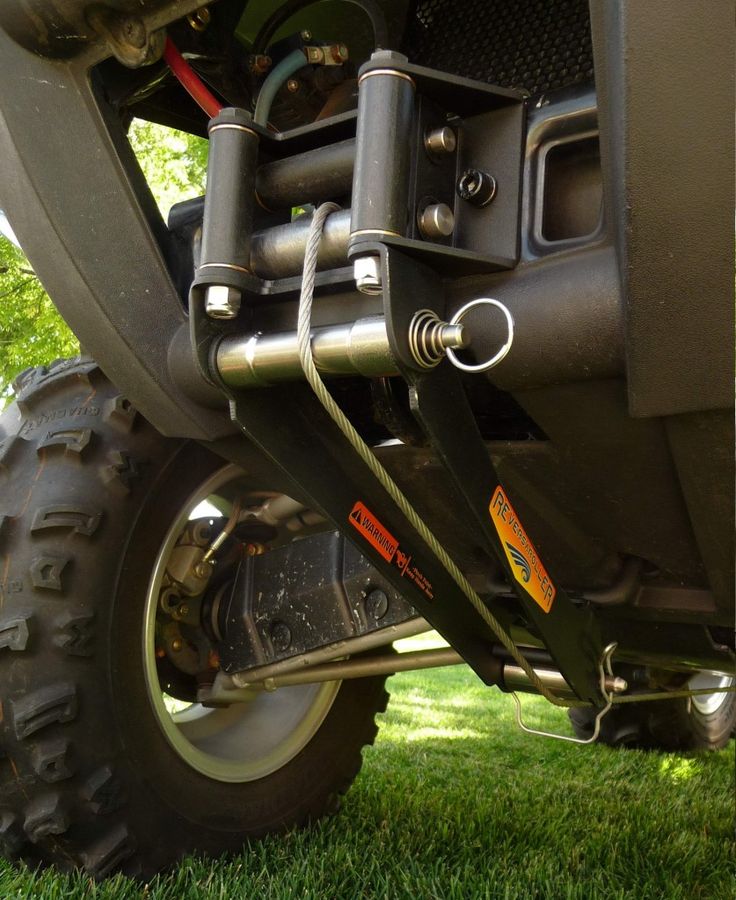

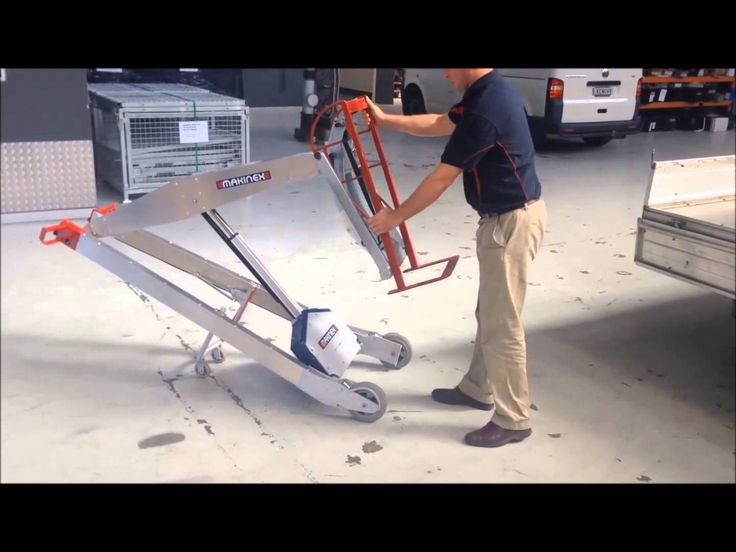
Having a winch on the front of your truck can be incredibly helpful, but having one installed directly in the bed of your truck allows you to load heavy items easier than ever before. It will maximize your truck’s overall potential while decreasing your overall workload.
Paying someone else to install the winch on your truck can get pricy, so it’s helpful to know how to install it independently. First, ensure your own safety and the safety of others by keeping the area around your truck clean. Eliminate any objects that might be in the way or that may get damaged; both can be hazardous.
Wear gloves to protect your hands and fingers from the heavy equipment and wear well-fitting clothing to avoid having fabric catch on any of the winch’s moving parts.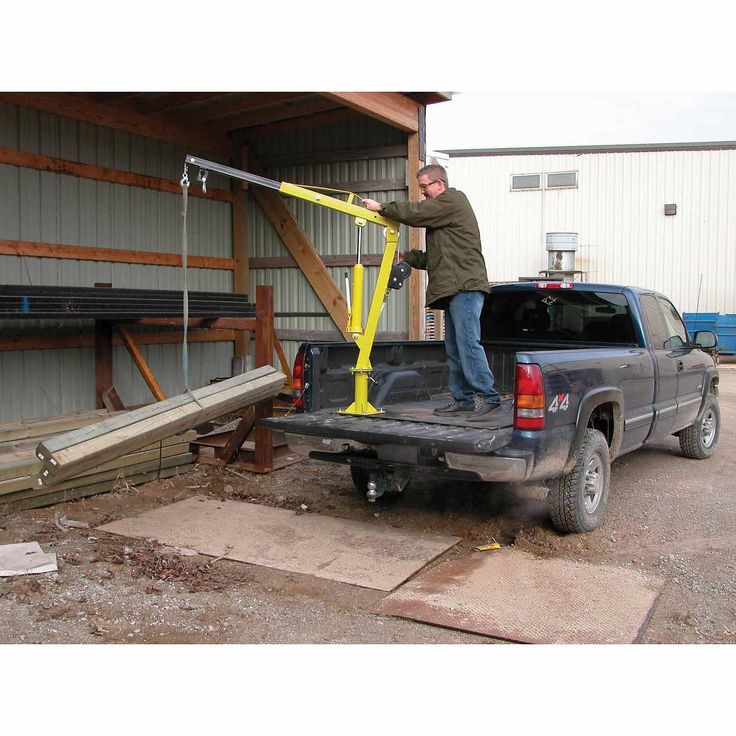 Gloves and secure clothing will help prevent any potential injuries.
Gloves and secure clothing will help prevent any potential injuries.
To install the mounting plate, place it at the desired location in your truck bed, aligning it perpendicular to the vehicle’s centerline. Mark the location by drilling holes corresponding to the winch base.
Place the mounting plate in place and bolt it securely into the marked base holes. (source) While drilling the holes and securing the bolts, it is important to ensure that no electrical wires are in the way or nearby, as electrical interference or damage to wiring could be particularly dangerous.
To secure the winch into the mounting plate, align it tightly with bolds. Use a steel mounting frame that suits the four mounting configurations:
In the Foot Down configuration, all four holes are at the bottom of the winch and face downward. In the Foot Forward configuration, all four holes are on the side and face forward.
In the Foot Down or Forward configuration, the winch can be mounted and secured in either of the first two ways. (source) In the Foot Forward AND Foot Down configuration, the winch must be secured both ways; it is designed with four bolts facing forward and two facing downward.
An alternative truck-bed installation using angle iron elevates and secures the winch to the truck bed’s inner frame. The following video describes this process in detail:
Next, you will electrically connect the winch. The gear casing and gear train on the winch convert power from the motor, allowing it to generate a pulling movement. Most modern winch models on the market are electric, though there are some exceptions. When mounting a winch on the front of your vehicle, you can power it directly with the car’s battery by following these steps:

Most vehicles have an electrical wire that runs from the battery under the hood to the base of the rear bumper. (source) You’ll use this disconnect when electrically connecting a winch to the truck’s battery from the bed of a truck. Refer to your vehicle’s manual for details on locating the power disconnect location on your truck.
Before beginning to rear-mount a winch to your truck, remove both the original bumper and license plate. Next, you will need a winch modeled to maneuver the amount of weight for which you anticipate regularly using it.
I found the best deals on Winches Here from 4WheelParts and also some good deals on Winches Here from Amazon
Next, you’ll need a steel winch bumper suitable to match the model of your vehicle. 4WheelParts has a great selection of durable winch bumpers, which are reliable replacements for a sturdy bumper.
It will also be useful to have a container of spray-on truck bed liner, like these Spray Bed Liners on Amazon, to help the bumper blend in and remain durable.
With all of the necessary supplies on hand, begin by cutting two 1/4-inch steel extension brackets. The winch will hang between the frame rails and the spare tire hanger cross member. Use a mounting plate to mount the winch in the center of the bumper so that the control cable is easily accessible.
The control box on the Mile Marker winch (and most other models) is remotely wired, so you’ll need to plug it in at the rear battery disconnect, near the license plate.
Alternatively, run a battery cable inside the frame rail on the driver’s side of the vehicle to bring power directly from the battery under the hood to the control box of the winch.
Finally, mount the winch fairlead (a metal device used to manage the extraction and detraction of the winch cable).
You may need to create a hole in the bumper in order to bolt the fairlead above where the license plate is normally located. Replace the license plate—a flip-up plate holder attached to the fairlead may be the easiest approach—and the setup is complete.
As always, the steps to any vehicle upgrade process depend largely on the make and model of the vehicle, the materials and tools in use, and the brand of the selected product.
While these steps provide information that will help you get started on the winch installation process, be sure to research the specifications of both your vehicle and of available winch models prior to purchasing and installing one.
This will help you save time and money and ensure that the final setup accomplishes the desired processes.
When you are attaching a winch to your truck, make sure you follow the instructions that will be included. Before you start, make sure you have all of the required equipment.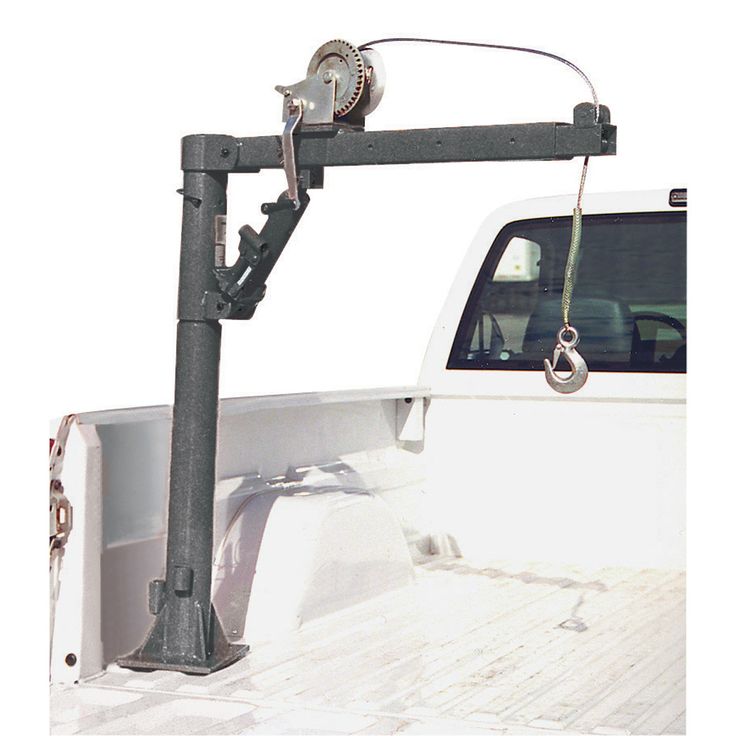 The last thing you want to happen is for you to be ready to attach the winch, but not have the correct tools to do the job.
The last thing you want to happen is for you to be ready to attach the winch, but not have the correct tools to do the job.
Sharing is caring!
Winches play a very significant role while using ATVs. They have become a necessity for the ATV enthusiasts. They are commonly used in ATVs, trucks and trailers. The sturdiness and type of the winch depends upon the requirement of the user as there are types of winches that can be used for different purposes.
a - ATV's winches: ATV winches have proved to be life saving equipments for the ATV enthusiasts as they have helped a lot in taking them out from the dangerous circumstances like getting into deep mud-hole while navigating. In the latest models of ATVs, the winch can be mounted on the front or on the rear end of the ATV and can be shifted from front to back depending upon the requirement.
There is a wide range of ATV winches in terms of their strength, but its selection depends upon the functioning and size of the ATV. It is always recommended to the ATV enthusiasts to possess ATV winches in their ATVs.
b - Truck's winches: The tow trucks were used to possess the winches in the past but in the present scenario, the winches are present in three quarter and in one ton trucks. The winches that were used earlier were the hand cranked winches whereas the winches which are used now-a-days are electric winches.
The functioning of these electric winches is remote controlled and are hooked to the battery of the truck. They have been proved very helpful in the dangerous situations like slipping and sliding of the trucks on uneven lands. The large trucks like F-350 require a strong winch and it approximately costs around 12,000 pounds.
c - The winches are also present in the trailers that can be either electronic or hand cranked. These trailer winches are commonly found on most of the boat trailers.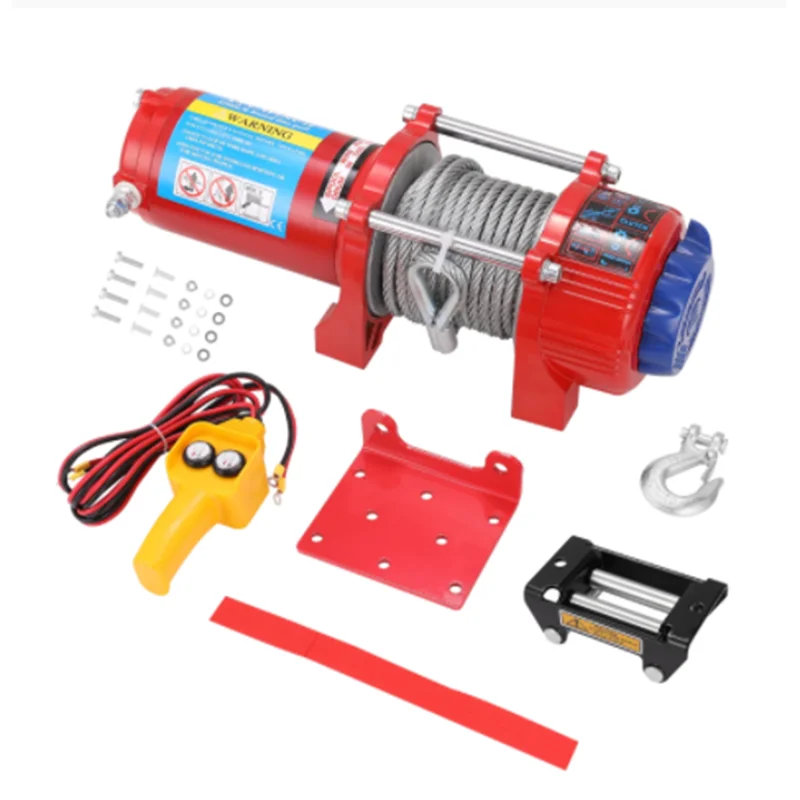 In the past decades, the hand cranked trailer winch was used in boats to pull it onto the trailer in order to secure it into its place.
In the past decades, the hand cranked trailer winch was used in boats to pull it onto the trailer in order to secure it into its place.
But with development of latest technology, the trailer winches function under the influence of electric current and are present in wide range in terms of strength. These electric winches pull the boat onto the trailer by just pushing up a single button which is an easy and comfort method of loading and unloading the boats as compared to the use of hand cranked winches.
How to Mount a Winch
You should always ensure that the winch is mounted perfectly either on an ATV or on a trailer. In order to have perfect mounting, it is always recommended to have a winch bumper as it can be mounted on the bumper of the truck or even can replace it.
In this way, the winch will get security against theft or any damage after being fitted inside the winch bumper. Use of winch bumper will not affect the vehicle in any aspect, unless it suits yours vehicle.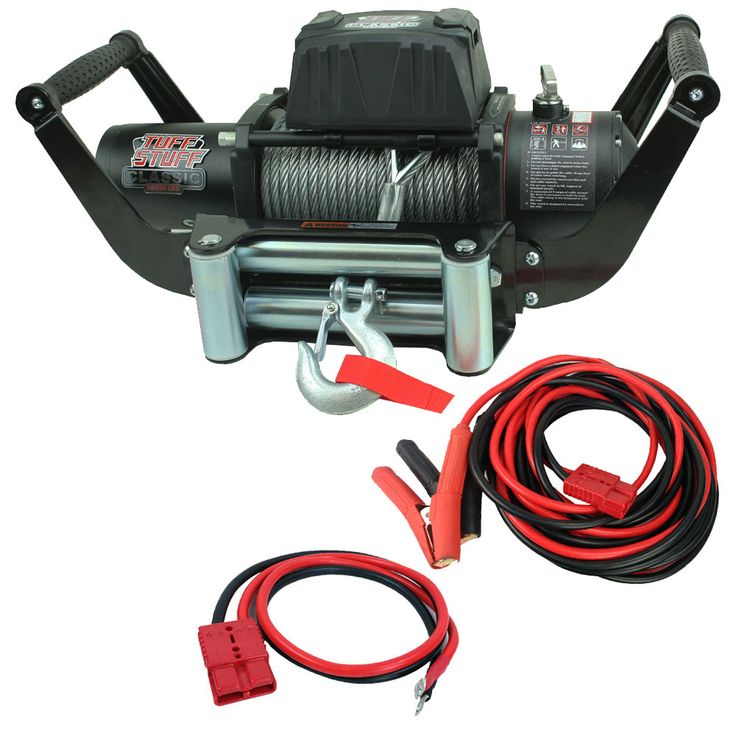 You can take assistance from the truck accessory store while selecting the apt and best winch and winch bumper depending upon your requirement.
You can take assistance from the truck accessory store while selecting the apt and best winch and winch bumper depending upon your requirement.
Precautions To Be considered While Using ATV Winch
Though the use of winches is very easy, it is always suggested to consider the following precautionary measures while using them:
a - You should always be careful while using the metal cable as they may cut your hands.
b - It is always recommended to carry leather gloves while using a winch.
c - You should always keep the loose clothes away from the winches in order to preclude any injury.
d - It is always suggested that not to use winch as a hoist because this will increase the chances of hurting yourself and your ATV.
e - You should never step over the cable when it snaps.
f - You should always make sure that the winch should not drain your battery.
Therefore, using the winches safely can really be helpful on your adventurous trips.
For extreme off-road ATV riders, an electric winch is a real lifesaver when stuck in potholes and mud.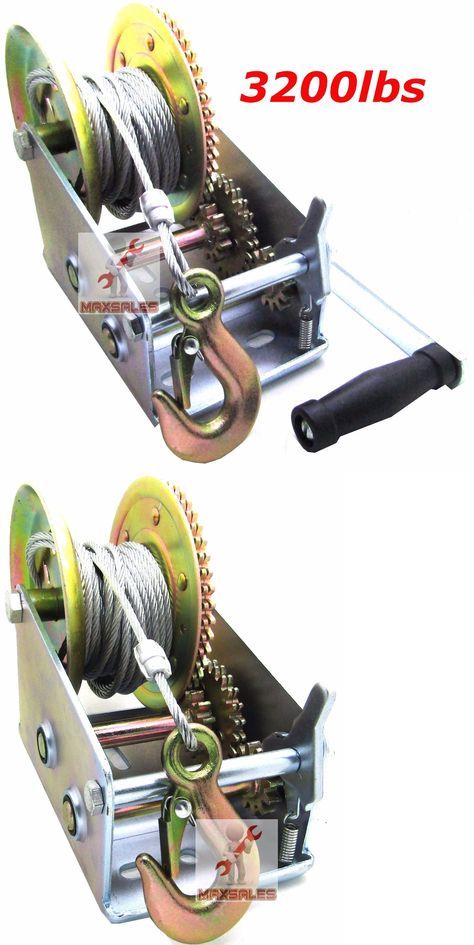 The electric winch is very easy to install and operate, it is controlled by a remote control, which is installed on the steering wheel of the ATV. Most importantly, such a winch will not require much physical effort from you to pull out the ATV. It has an electric motor powered by a battery. When choosing, you need to proceed from engine power and tractive effort. It is recommended to choose a winch with a pulling force of 1.5-2 times the weight of the ATV. And how to install, connect and use it, we will tell in this article. nine0003
The electric winch is very easy to install and operate, it is controlled by a remote control, which is installed on the steering wheel of the ATV. Most importantly, such a winch will not require much physical effort from you to pull out the ATV. It has an electric motor powered by a battery. When choosing, you need to proceed from engine power and tractive effort. It is recommended to choose a winch with a pulling force of 1.5-2 times the weight of the ATV. And how to install, connect and use it, we will tell in this article. nine0003
Electric winch is a drum with an electric motor. To connect it to the battery, the kit includes an electric unit and a set of wires, with the help of which the battery and the winch are connected. The control panel can be wireless and wired, which is also connected to the unit.
To mount the winch to the ATV, you need a platform, brackets, bolts and clamps. The kit also includes a roller lip, and a cable complete with a hook may also be included. nine0003
nine0003
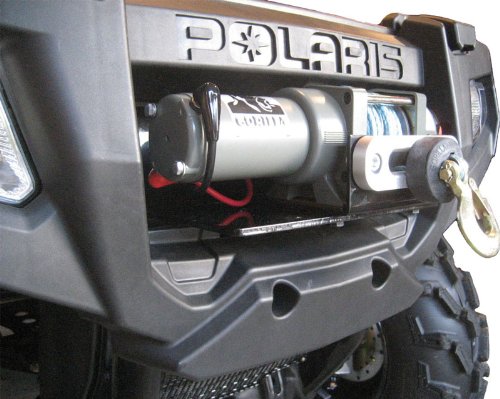
The electrical box is recommended to be installed slightly away from the winch, but most often it is installed on the site. Next, we connect the power cables in accordance with the connection diagram specified by the manufacturer in the product data sheet. nine0003
We connect the control panel and install it on the ATV steering wheel. It is recommended to pull the wires tightly, excluding their friction with other parts. They also need to be protected with cable corrugations.
Next, we fix the roller lip to the platform using bolts. And you can assemble all parts of the ATV back.
Once you've installed your electric winch, it's worth testing it out on level ground before driving it off-road. Using a winch requires certain knowledge and compliance with safety rules. Below, we will tell you what you need to know when pulling an ATV out of a hole or mud with a winch. nine0003
nine0003

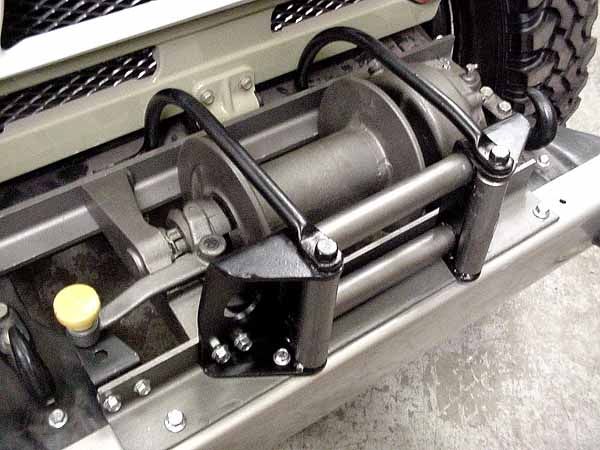
Important!
When working with a winch, all safety rules specified in the equipment passport must be observed. You must not approach the cable and winch in working condition and allow other people to approach it. It is necessary to use a cable damper, as in the event of a break, it can damage people and objects around. nine0003
Before use, you need to make sure that all elements are in working condition, that they do not have breaks or damage, and that all fasteners are fixed sufficiently securely.
After using the winch, it must be cleaned of dirt, dried and lubricated with special oil.
Most ATVs have a winch in the front as standard. If there is no winch, you can buy it and install it yourself. nine0003
Below we will tell you how to use it correctly and how to choose it if you need to buy a new one.
The winch helps:
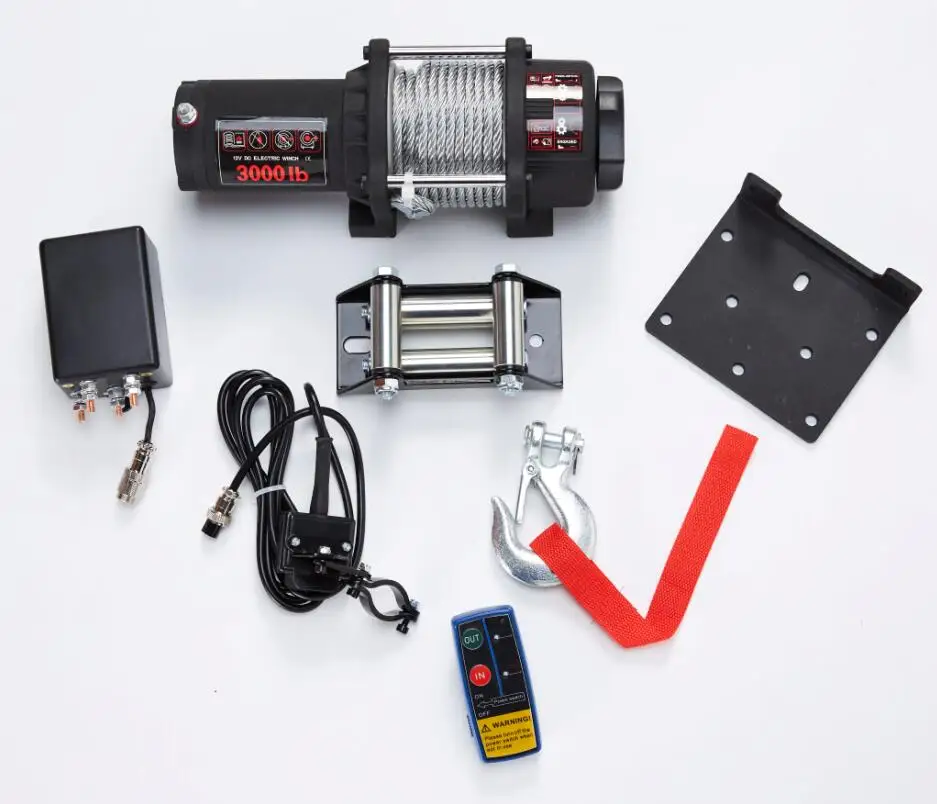
In principle, it is possible to do without a winch, but only if you are going to ride on dry and proven routes, and you definitely will not be tempted to go beyond them. In any other case - if you are not afraid of fords, mud, steep slopes, forests - a winch is a must. nine0003
Structurally, it is a drum on which a rope with a hook at the end is wound. On the sides of the drum are an electric drive and a gearbox to reduce the number of revolutions so that the drum spins slowly. The drive is connected to the battery of the ATV itself, and is powered by it, even if the engine is turned off. Usually, on winches, the cable is unwound in two ways: either manually or by the same electric drive.
The whole structure is mounted on a special platform, which is usually located on the front bumper of the ATV. nine0003
Before buying a winch, check if your ATV has a prepared platform for mounting it - some models do not have it as standard.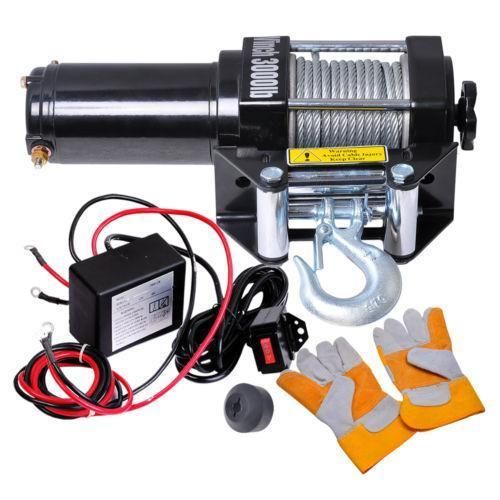 If not, you first need to buy and install a platform, and then attach the winch itself to it.
If not, you first need to buy and install a platform, and then attach the winch itself to it.
Please note:
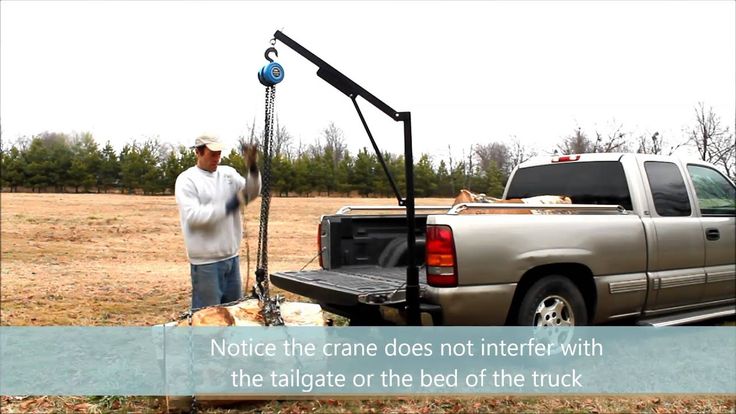 nine0014
nine0014 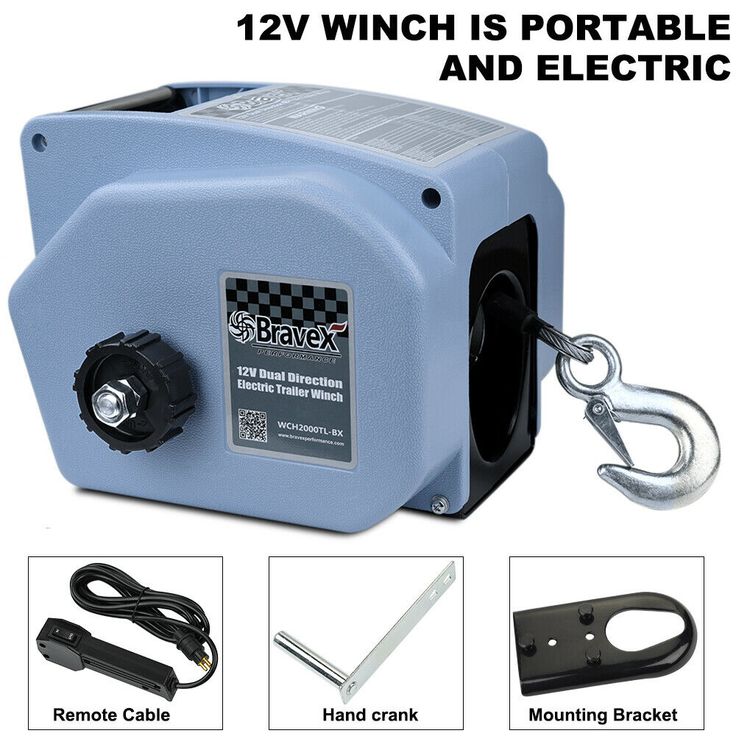 With a force of 4500 lb - wide, with a force of 3500 lb or less - narrow.
With a force of 4500 lb - wide, with a force of 3500 lb or less - narrow.
 When the winch winds up and pulls the ATV, you need to turn the steering wheel left and right - perhaps the wheels will find solid support, and the process will go easier. And if the ATV is running, when pulling out, you can also give in to gas.
When the winch winds up and pulls the ATV, you need to turn the steering wheel left and right - perhaps the wheels will find solid support, and the process will go easier. And if the ATV is running, when pulling out, you can also give in to gas.
Did you check if you have a playground? Have you already chosen and bought a winch?
Now it needs to be installed:
